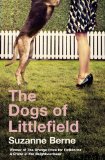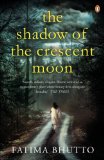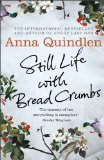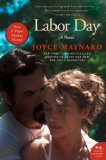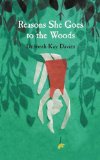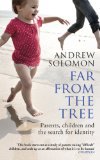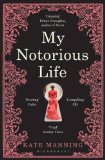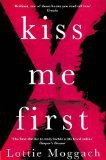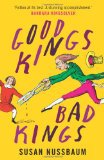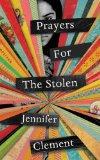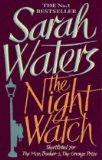The Dogs of Littlefield by Suzanne Berne
Five words from the blurb: dogs, poisoned, manicured, lawns, Massachussetts
The Dogs of Littlefield started well, with interesting observations about dog owners. I found their arguments about the shared use of a park interesting as I’m sure the UK will be subject to similar debates about the control of dogs in the near future.
A mystery around the poisoning of local dogs looked like a promising thread, but unfortunately this petered out, leaving only wry observations of the residents in this little town. If you enjoy slow character studies then this could be for you, but I’m afraid it was too subtle and ordinary for me.

.
The Shadow of the Crescent Moon by Fatima Bhutto
Five words from the blurb: Pakistan, brothers, war, devastating, morning
The Shadow of the Crescent Moon is set in a small town in Pakistan, close to the Afghan border. It follows three brothers over the course of a single morning as devastating events change their lives forever.
I found the story fragmented and was irritated by the continual flashbacks. The plot was also a bit predictable, with a terrible inevitability that I feel bad for criticising. The politics and culture of the area was well described, but I’m afraid I failed to become emotionally engaged.
Unfortunately it is the same tragic story I’ve heard many times before, with no spark of originality to grab my attention. Recommended if you’re particularly interested in the politics of the region.

.
Still Life with Bread Crumbs by Anna Quindlen
Five words from the blurb: photographer, New York, country, life, lens
Still Life with Bread Crumbs is an entertaining story about a photographer who is struggling financially. She leaves her stylish New York apartment for a cheaper cottage in the country. Here she meets a variety of local residents, each with their own story to tell.
The writing was fast paced and vivid, but I’m afraid the story was too ordinary for me. I didn’t really care what happened to any of the characters and the reflections on loneliness and aging were nothing I hadn’t heard before.
If you enjoy lighter fiction, towards the chick-lit end of the scale, you’ll probably love this, but I’m afraid it didn’t have enough depth for me.

.
Did you enjoy any of these books more than I did?
